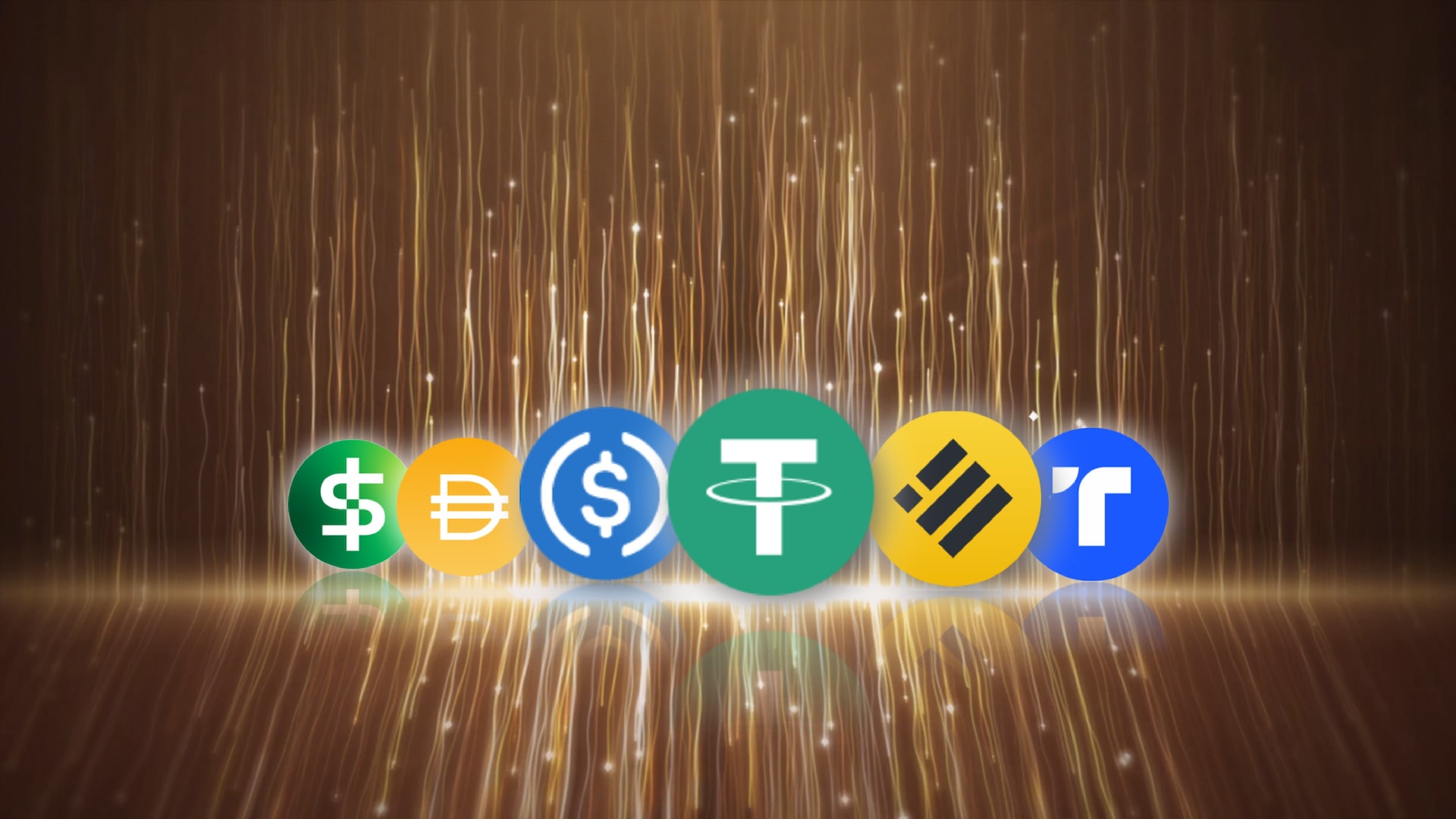Investing inevitably involves some degree of risk. The value of an arbitrarily chosen asset can remain stable for quite a long time, and then suddenly skyrocket or rush to zero. This sometimes happens even during periods of economic stability, and during a crisis, market crashes become commonplace.
To minimize risks, various methods of investment diversification are traditionally used. Part of the funds is recommended to be invested in low-risk traditional assets, regardless of the current economic situation. It could be real estate, precious metals, or a cash dollar.
During periods of crisis, the share of low-risk assets usually increases and therefore they are called safe-haven assets. In the digital world, this role belongs to stablecoins. That is, instead of trying to choose a more reliable asset by comparing FLUX vs ERG, in turbulent times it is most reasonable to transfer funds to a stable and fairly predictable coin. Moreover, due to the peculiarities of the functioning of digital currencies, stablecoins are to some extent preferable to cash.
What Are Stablecoins?
Stablecoins are classified as a separate group of digital assets. Unlike classic cryptocurrencies, stablecoins are proportionally pegged to the market value of another asset. Government currencies, gold, oil, real estate, etc. are used to back stablecoins. Stablecoins are classified as payment tokens as they are used to exchange and transfer value. Actually, they perform the functions of ordinary money but are based on blockchain technology.
Now the number of stablecoins on the market is in the hundreds. For obvious reasons, coins pegged to the US dollar are the most popular. They greatly simplify the trading of cryptocurrencies. If a direct exchange of fiat to the digital coin is not available, as in the case of a USD to COS transaction, the dollar is first converted into a stablecoin available on the exchange. The most famous of them is Tether (USDT), created on the initiative and with the direct participation of the Bitfinex crypto exchange. In addition to USDT, the top ten stablecoins include:
- USD Coin (USDC);
- Binance USD (BUSD);
- Dai (DAI);
- TrueUSD (TUSD);
- Pax Dollar (USDP);
- USDD (USDD);
- Neutrino USD (USDN);
- Fei USD (FEI);
- Gemini Dollar (GUSD).
Unlike the unpredictable and highly volatile cryptocurrencies and fiat currencies that are subject to inflation, stablecoins are designed to maintain price stability.
Types of stablecoins
There are several options for classifying stablecoins, each based on one of the key characteristics of this type of asset: collateral asset, management method, peg mechanism, etc. Consider a classification based on the features of the value-binding mechanism.
Fiat backed stablecoins
In fact, these are not classic cryptocurrencies, but tokenized state currencies. Coins are backed by real money in a ratio of 1:1. They are understandable to the general public and easy to use.
Another name for this type of coin is centralized stablecoins. The process of minting coins, as well as maintaining the value of tokens, is in the hands of a specific organization. Centralization in the crypto world is an extremely undesirable phenomenon, as it increases the risks of fraud.
Commodity stablecoins
The value of the coins is backed by other highly liquid fungible assets. It can be expensive real estate, precious metals, oil, etc.
Crypto-backed stablecoins
Technically, these coins are completely decentralized and do not differ from classical cryptocurrencies. Often a coin is tied to a collateral asset at a ratio of 1:2. This is due to the high volatility of cryptocurrencies. The most famous of the coins in this group is Dai (DAI) on the Maker platform. Due to the complexity of the technology, these stablecoins are not very popular.
Algorithmic stablecoins
These coins have no collateral. Supply and demand govern smart contracts. A specially created algorithm either generates new coins or buys them, maintaining a stable value.
Stablecoins are a good investment?
Stable assets are the best means of accumulation and for protecting your funds from depreciation, but you should not expect big profits from them. If you set yourself the goal of increasing capital, then it makes sense to pay attention to coins for which there are opportunities for passive income or coins backed by gold.
Algorithmic coins should be treated with extreme caution, especially if they have appeared quite recently. Their reputation has been markedly shaken since Terra’s recent collapse.
When choosing a coin for long-term investment, it is worth remembering that cryptocurrencies, by definition, are classified as high-risk assets. Investing everything in digital money is a frankly bad idea, even when it comes to stablecoins.
































































